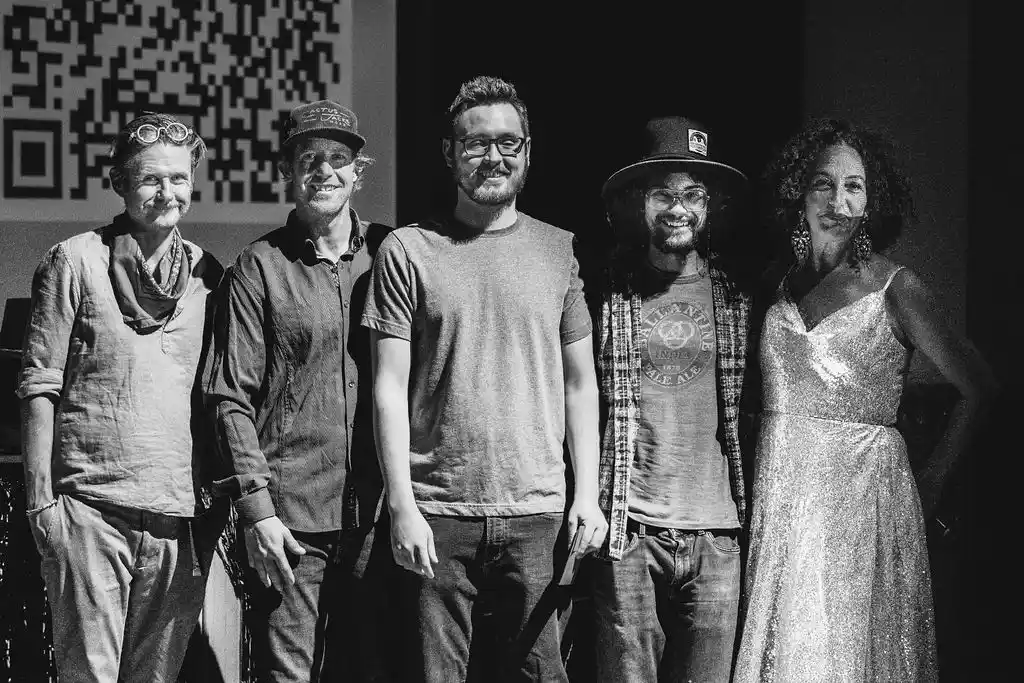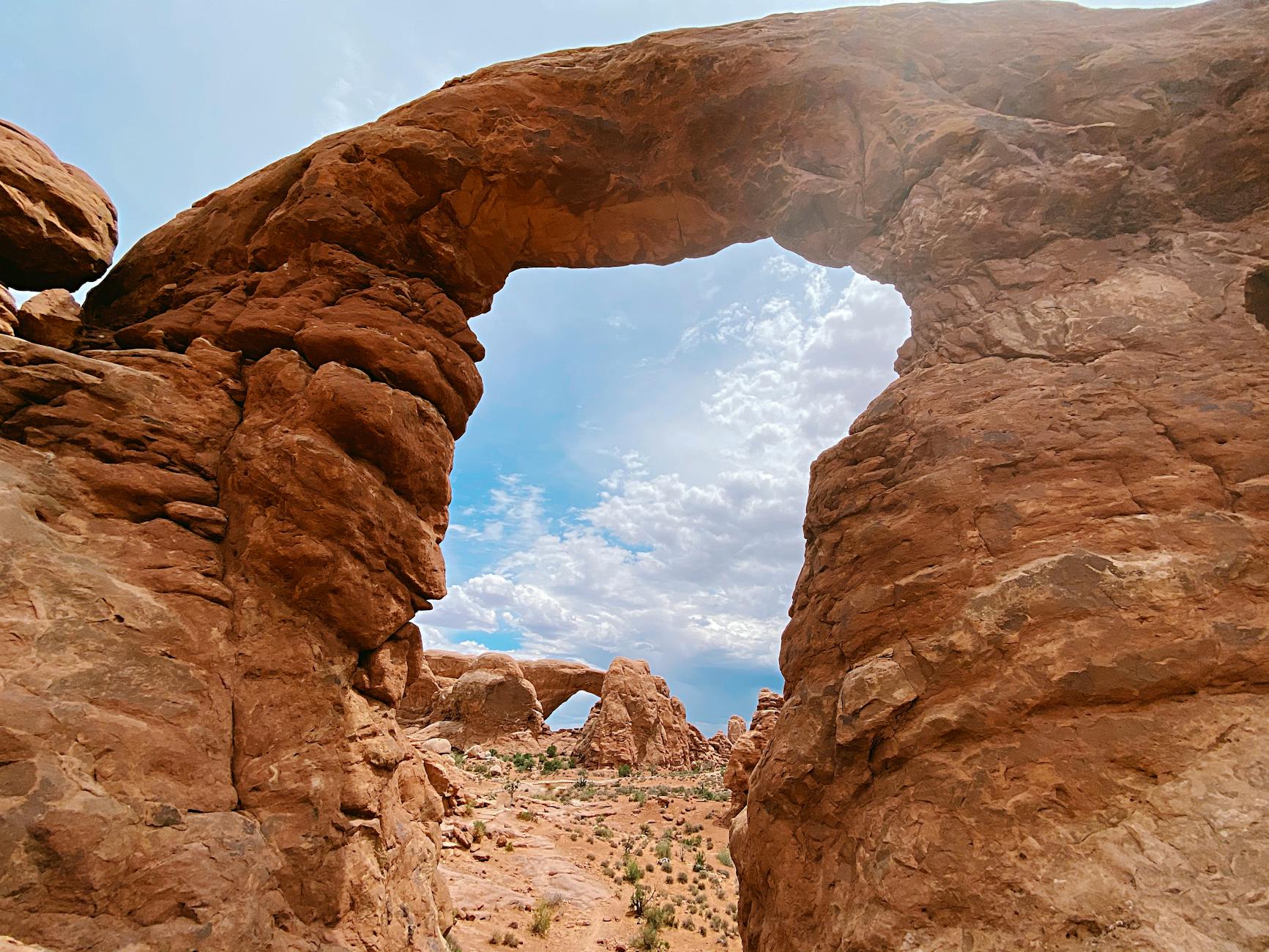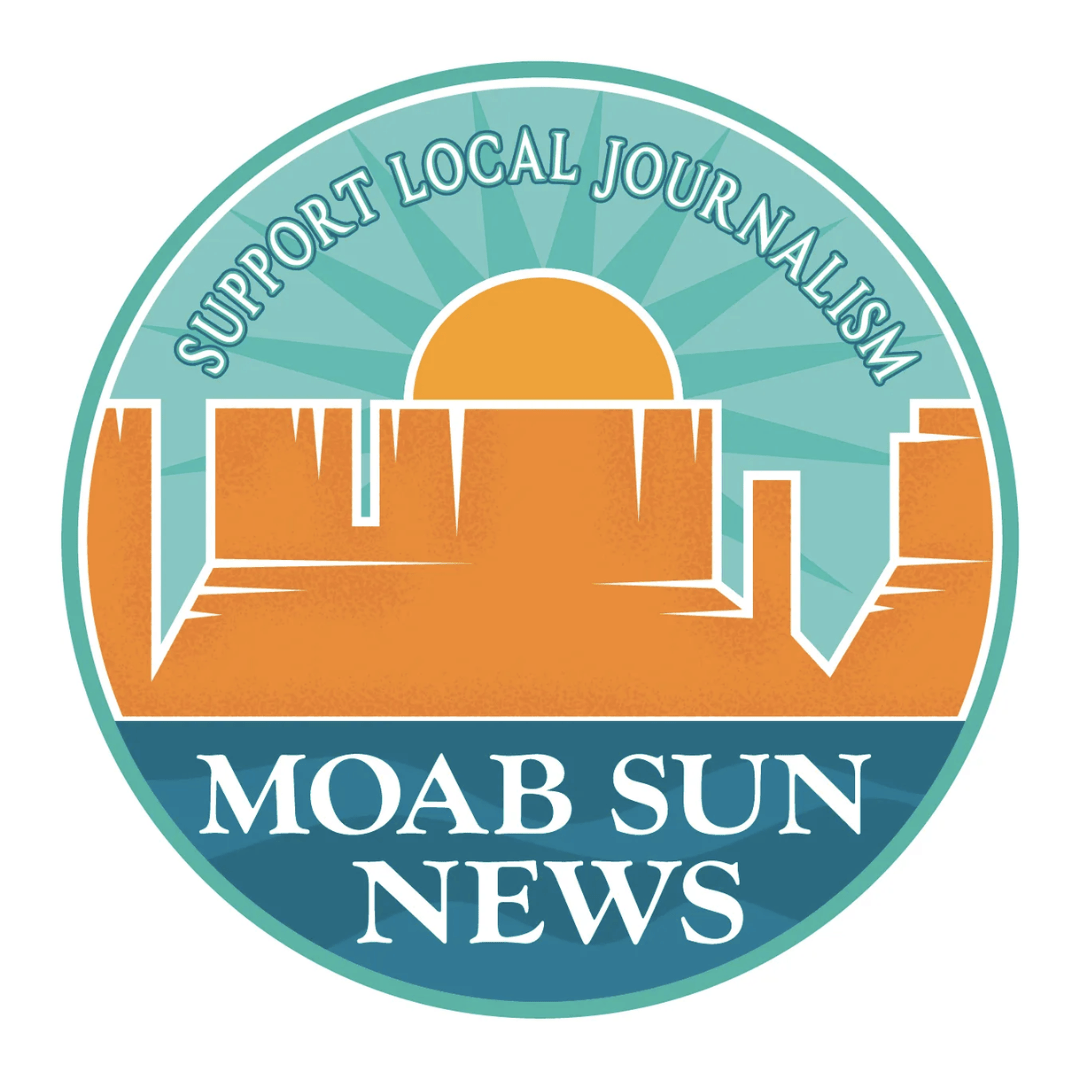After weeks of delay, the Utah Department of Transportation (UDOT) has awarded a contract to Kilgore Contracting to undertake the widening of U.S. Highway 191 from 400 North to state Route 128.
Business owners in that corridor have expressed disappointment with the communications they’ve received from UDOT and the City of Moab, and concerns over the elimination of on-street parking that the project entails. City staff say they will improve their communications moving forward, and are working on parking solutions on the north side of town.
UDOT has had the Highway 191 widening project on its docket for years. The section of highway will be widened from two lanes to four, with a center turn lane for most of the way and six-foot shoulders. Within the past couple of years, UDOT drafted a “betterment agreement” with the City of Moab to combine a storm drainage improvement project with the widening project. The project will also add curb, gutter, and sidewalk for a large portion of the new road.
Business owners agree that the existing two-lane section of highway creates a bottleneck and needs to be addressed. However, they have some reservations about the timing of the project, the removal of already-scarce parking, and spotty communications from UDOT and the city as the schedule evolves.
“The lack of communication we are receiving from both the City of Moab and UDOT is extremely concerning,” said Scott Newton, owner of Poison Spider Bicycles. The bike shop is in the construction corridor.
At public open houses in 2018, the project was estimated to begin in the fall of 2019. Later, the schedule was adjusted to predict the project start date to be in January of this year. This winter, when all the contract bids received for the project were higher than UDOT engineers’ estimates, agency protocol dictated that they had to formally request additional funding from the state Transportation Commission, which took two more weeks. The most recent update from UDOT says the project could start as early as the end of February, or as late as March.
“It has not been very effective or thorough communication,” said Sean Rawson, shop manager at the Moab Rock Shop, another business affected by the project.
UDOT representatives have promised to provide more consistent updates now that the contract is awarded. In an email dated Jan. 30 to Newton, Monte Aldridge, deputy director UDOT in this region, apologized for the lack of communication.
“I apologize that we had a different paradigm of how frequently communication should have occurred,” wrote Aldridge. “It is a good reminder that while we understand the time frames for advertising, bid opening and awarding not all of our stakeholders do.”
“Weekly updates with expected impacts will begin at the same time as the construction work,” said Scott Henriksen, public information manager for the project. “I plan to include a link to the UDOT website with the weekly email updates.”
Easements for the widening are another concern. Newton was confused when he was asked to sign a 24-month easement on his property to UDOT while the proposed timeline for the project is only 12-14 months.
Aldridge replied to Newton’s concerns in the email, assuring him that the time discrepancy was to allow UDOT a “buffer” for unexpected delays.
The Moab Rock Shop granted a large part of their front property to UDOT to allow for the widening, meaning they’ll have to remove their outdoor display tables and decorative old mining equipment.
“That’s been a huge draw for a lot of people to come in here, so that’s quite unfortunate,” said Rawson of the rusted carts and cranes left over from Moab’s mining history. “It’s part of the major character of the place. It’s sad.”
Rawson added that as UDOT surveyors visit the property, they are inconsistent in marking the boundary of the easement, causing uncertainty and stress for the shop’s owners.
“They keep saying one thing and then marking different things…It’s been a pretty frustrating process,” he said.
Rawson said the widening will probably reduce the Rock Shop’s parking, though he is uncertain by how much. Newton lists parking as one of his main concerns about the project.
“This project is eliminating parking on Main Street from 400 North to the bridge,” he said. “We have tons of people parking on Main Street in this area. Where are they to park now?”
City staff have been examining parking options to alleviate the scarcity that will follow the widening project.
“The City approached churches and other private property owners on the north side of town, to no avail, in an attempt to create a solution for the few North Main Street parking spaces that will be eliminated as part of the highway widening,” said Lisa Church, Communications Manager for the City of Moab. “City staff is still working to develop a plan that would create some dispersed parking in that area,” she added, which might take the form of an off-Main Street parking lot.
Seeing parking for north-Moab businesses reduced is especially bitter for Newton as he observes plans going forward for a downtown parking structure that will serve businesses in the center of town.
Funding for the downtown transportation hub parking project comes from “recreation hotspot” dollars allocated by the Utah Transportation Commission. In 2017, when the money was earmarked, a group of Moab stakeholders, including local government representatives, UDOT representatives, and business owners, drafted a set of proposed projects that could be eligible for “hotspot” funding. The parking structure, Church said, was given priority because it met the funding criteria.
“The Utah Transportation Commission selected it as one of four projects around the state to receive funding, which was dispersed through UDOT,” said Church. “Funding for the transportation hub is totally unrelated to the north-end widening project.”
The parking structure has drawn criticism from residents and activists who note that a study conducted to assess parking needs showed that the structure was not needed in that location. However, funding allocated to the structure can not be automatically shifted to another project.
“Since the money was allocated by the Utah Transportation Commission and dispersed via UDOT, if those plans for the funds were to change it is likely that the money would have to be returned to the Transportation Commission, which would make any decisions about how to reallocate it,” said Church, noting that she can’t say for sure what would happen if the city declined to use the parking structure funds as planned.
Though the downtown parking structure is unrelated to the highway widening project, business owners like Newton can’t help but draw a connection.
“I don’t want to see one $8 million parking structure downtown,” said Newton. “This is insane after the City of Moab paid money for a study that said it was not needed. We need dispersed parking all over.”
Newton acknowledged the city’s efforts to find parking that would serve north Main Street businesses in church parking lots as well as on Emma Boulevard, but says it will not be adequate for the area’s needs, which will only increase as development continues in that corridor.
Newton clarified that he is not against the widening project itself, but he worries the underlying traffic problems will not be eliminated without the construction of a truck by-pass to provide an alternate route to Main Street for semi-trucks. He is also disappointed in the timing of the beginning of the project, which coincides with the start of the busy tourist season.
“The business community has told UDOT and the City of Moab to start at the tail end of the tourist seasons numerous times,” Newton said.
He has also suggested a lower speed limit in that corridor to UDOT and the city, but says the entities have not shown an inclination to change the existing limits.
“It is frustrating, as this widening project was proposed well over 10 years ago,” Newton said. “I have been saying since day one that speeding, parking, pedestrian safety and communication with this project is needed. Unfortunately only some of my concerns as a stakeholder have been taken into consideration.”
Not all business owners in the widening corridor have heartburn over the project. Chris Moss is the general manager at Raven’s Rim, a zip line and tour company headquartered within the project limits. He says they’re looking forward to the addition of turn lanes, and even to the elimination of street parking in that area. He said there are often three semi trucks parked on the side of the road, blocking his business, and he’ll be glad when they’re gone. Moss said he’s been receiving update emails from UDOT, but hasn’t paid them too much attention.
“There’s not much we can do either way,” he said of the project timeline.
Since most of his clients book their tours in advance, he doesn’t foresee the construction work causing a drop in business for Raven’s Rim, though he does acknowledge it will be an inconvenience.
“I’m sure it’s going to be a pain in the butt,” he said.
Anyone who wants to receive emailed updates from UDOT can be added to the list by emailing Henriksen at shenriksen@utah.gov, with the word UPDATE in the subject line.
The City of Moab will also be posting updates on their website and social media pages as well as emailing updates directly to business owners. To get on the City’s update list, email Lisa Church at communication@moabcity.org.
To receive UDOT updates, email shenriksen@utah.gov with the word UPDATE in the subject line.
The City of Moab will also be posting updates on their website and social media pages as well as emailing updates directly to business owners. To get on the City’s update list, email Lisa Church at communication@moabcity.org.





